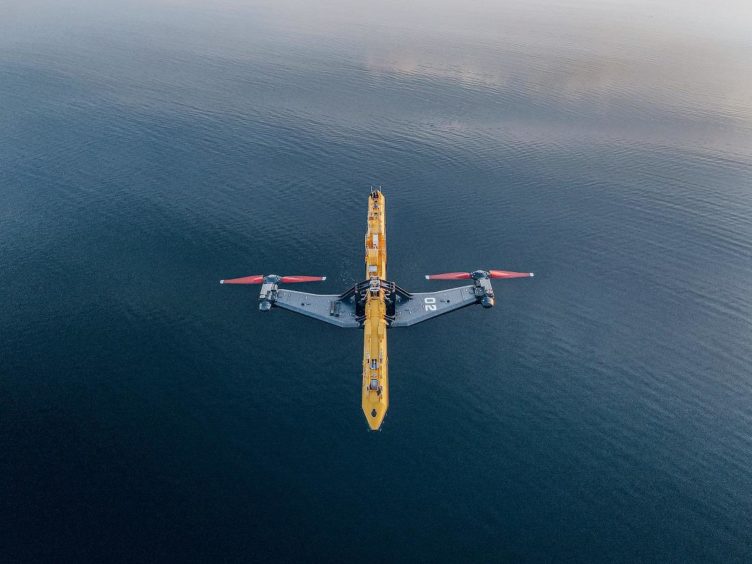
There are calls for the UK Government to give an “explicit statement” of its ambition for tidal stream energy deployment.
Doing so would help to “drive private sector investment” into the supply chain and the “delivery of the technology at scale”, a new report has claimed.
The London School of Economics (LSE) has published a policy paper on “seizing sustainable growth opportunities from tidal stream energy in the UK”.
The study finds that to date the global development of tidal energy to date has been limited by a number of factors, including high costs and poor access to government cash.
“As a result, the sector remains very much in its infancy,” the report’s authors say.
To address this they have put forward a number of policy recommendations designed to “maximise potential growth opportunities” from tidal energy.
On top of putting a concrete goal in place – potentially in the form of a gigawatt deployment target – the study underlines continued the role of the Contracts for Difference (CfD) scheme in scaling up establish projects.
It also encourages government to coordinate policy across deployment and supply chain development, and to consult with industry to find mechanisms that can support tidal energy developments from concept through to commercialisation.
By developing a holistic strategy for offshore energy, covering tidal, CCUS and wind, the study says greater economic benefits could also be achieved.
The report states: “The UK has significant strengths in the innovation of cutting-edge clean technologies like tidal stream, and also in creating policy and regulatory mechanisms to drive net zero.
“The UK’s CfD mechanism has been remarkably successful at bringing down the cost of generation from offshore wind. But the country has largely missed supply chain opportunities along the way, despite rising to become a leader in deploying offshore wind.
“Tidal stream energy is a nascent sector in which the UK currently holds global leadership. There is an opportunity to link domestic deployment ambitions with support for a strong domestic supply chain right from the start, in contrast to the experience with wind power.
“This kind of approach also has the potential to generate cost reductions for tidal stream energy through learning by doing and economies of scale, in the way that has already been seen in the costs of generation from wind and solar. Identifying and building domestic capacity in its existing areas of strength such as tidal stream should be a strategic priority for the UK in light of an accelerating global race to capture economic benefits from net zero.”
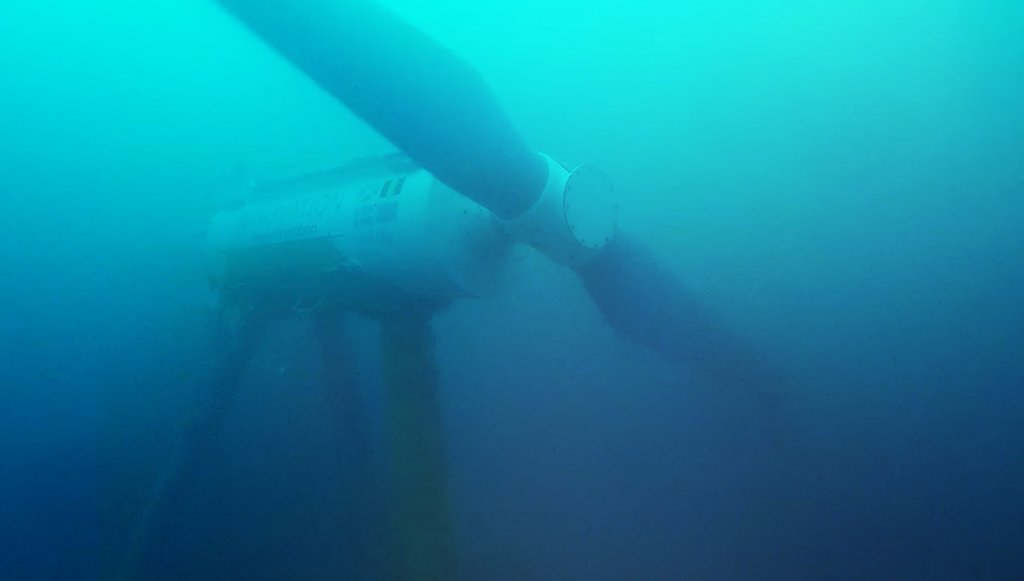
Tidal energy involved using underwater turbines to capture the energy from moving water during cycles.
There are hopes that the predictability of tidal movements can make up for the intermittency of other renewable sources, like solar and wind.
As it stands, the UK had about 10 megawatts of tidal generation installed – over half of the world’s operational capacity.
The LSE report highlights Scotland in particular as being “well-placed to lead the development of tidal stream energy”.
Specifically the study references the “expertise developed” north of the border that can support growth in the rest of the UK – we have a look at some of the tidal projects operating in Scotland below.
MeyGen
According to developer Simec Atlantis Energy, the MeyGen project is the largest planned tidal stream project in the world.
It is located in the Pentland Firth, off the north coast of Scotland, and could grow to almost 400MW if all the stages are delivered as plans.
Progress has stalled somewhat in recent times though as Simec Atlantis has had to cope with financial woes and ownership issues.
The company recently secured a cash boost that analysts hope will give MeyGen a shot in the arm – financial close on phase two of the scheme is expected next year.
Since coming online in 2018 the tidal array has delivered over 51 gigawatt hours (GWh) of green energy.
Shetland tidal array
A couple of hundred miles north of MeyGen is Nova Innovation’s Shetland tidal array – the sixth turbine was installed at the project last year.
The scheme has been powering the island’s grid and delivering green energy since the first unit was fitted in 2016.
Notably the Edinburgh-based company manufactures its own turbines, the blades for which come from a Shetland based company – a big tick in the local content box.
Earlier this year Nova exported its first turbine, which was deployed at the Étel Estuary in Brittany, northern France.
The company has also secured an export order for 15 tidal turbines and a power purchase agreement from the Canadian province of Nova Scotia.
Orbital Marine Power
Orkney green energy firm Orbital Marine Power installed O2 – its flagship, and the world’s most powerful floating tidal turbine – in 2021.
The two megawatt, 74 metre long unit is expected to operate in the waters of the Fall of Warness in the North Isles of the archipelago for more than a decade.
O2 was manufactured and launched in Dundee, with 80% of the turbine delivered by suppliers based in-country.
Orbital has plans to grow further too and earlier this year the company was awarded a 30MW Option Agreement from Crown Estate Scotland for a new tidal energy project in the Westray Firth, next to O2.
EMEC
Orkney is also home to the European Marine Energy Centre (EMEC), where the LSE report notes that “world-leading research and demonstration in tidal stream is conducted”.
The site has played host to various renewable energy demonstrator projects since its launch in 2003.
Analysis commissioned to mark 20 years since the facility found it has contributed some £370m to the UK economy and created around 540 jobs.
There are plans to open a floating wind test site at EMEC, which research claims will be worth nearly £700m to the UK economy.

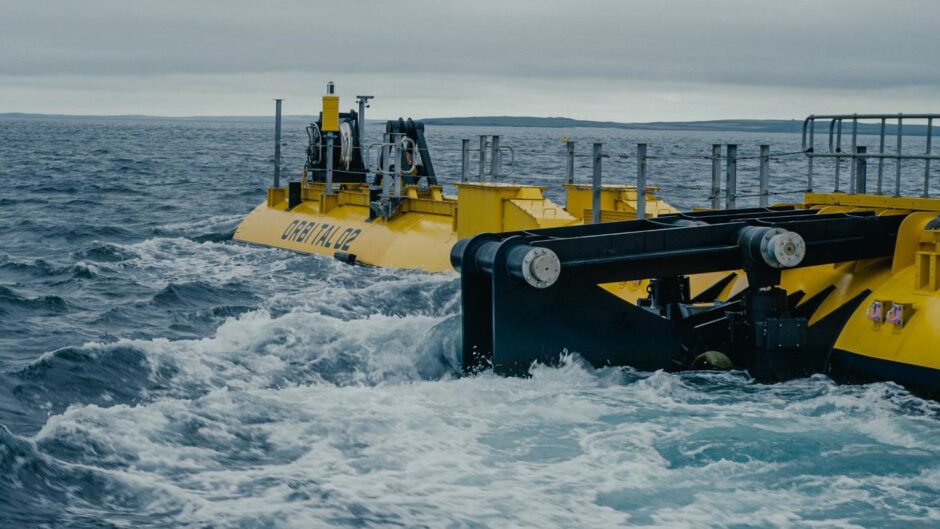 © Supplied by Orbital Marine Power
© Supplied by Orbital Marine Power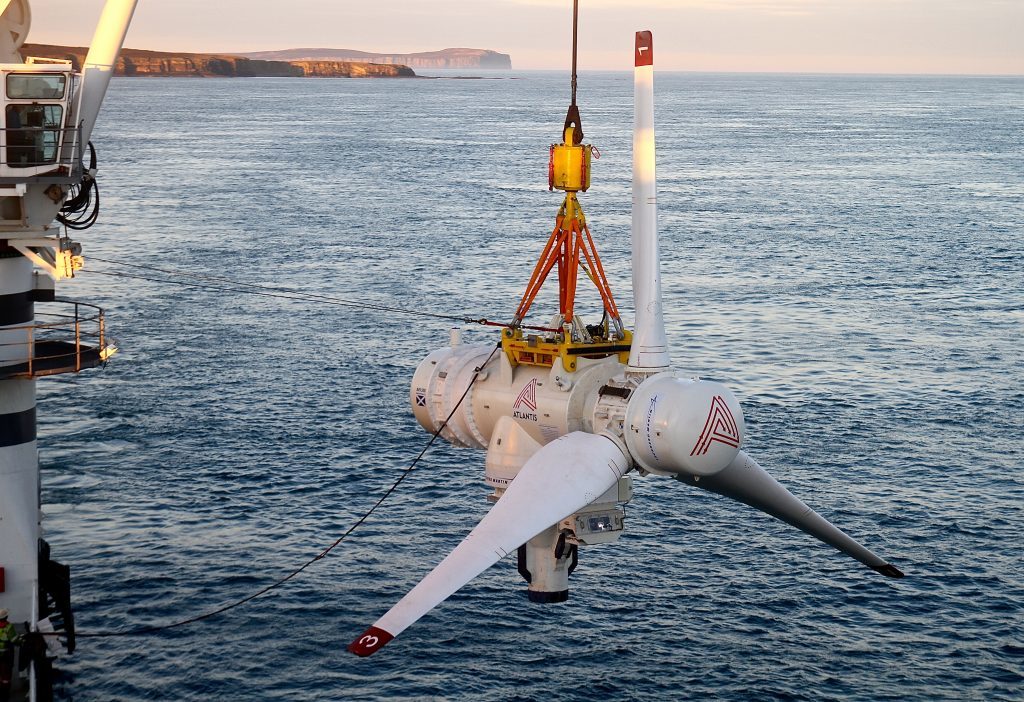
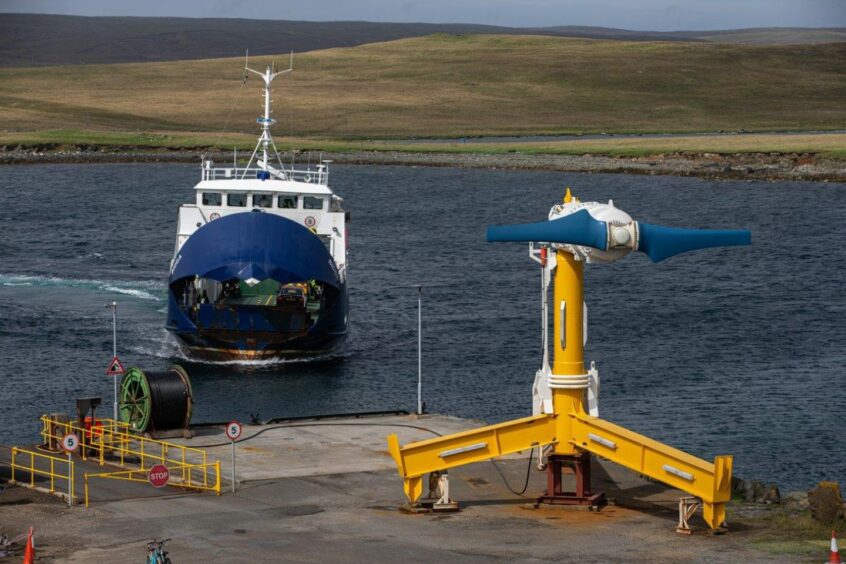 © Supplied by Nova Innovation
© Supplied by Nova Innovation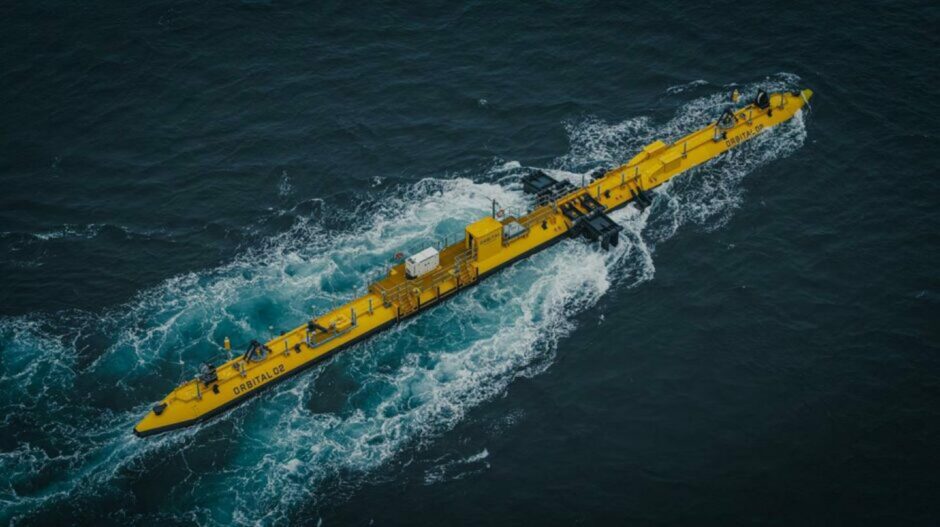 © Supplied by -
© Supplied by -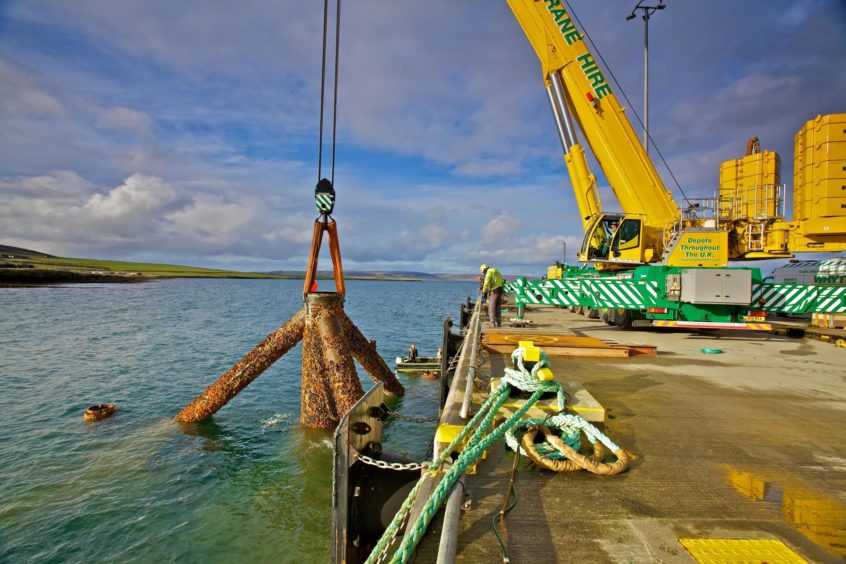 © Supplied by Colin Keldie
© Supplied by Colin Keldie